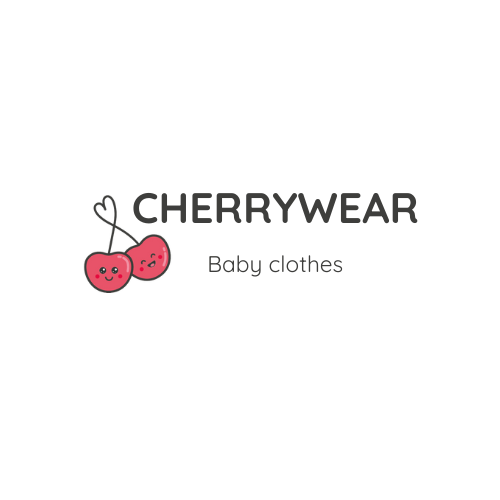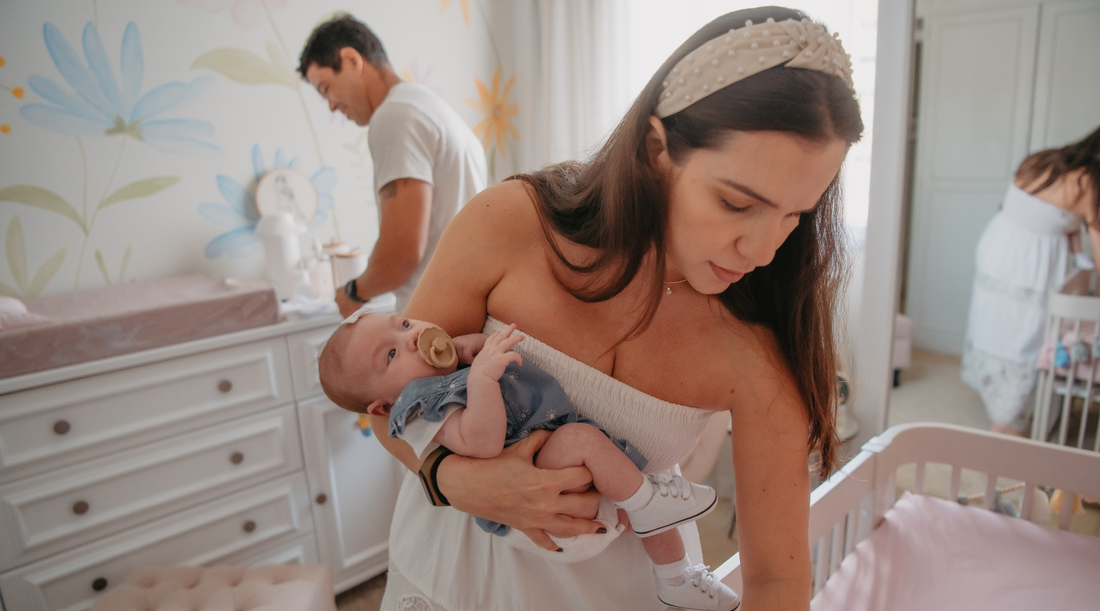Becoming a new mum is an exciting journey filled with joy, love, and countless decisions. One of the most enjoyable aspects for many parents is dressing their little ones in the latest fashion trends. However, in the pursuit of style, it's crucial to consider the potential risks associated with the chemicals present in some baby clothing. In this blog post, we'll explore the hidden dangers and provide practical tips for new mums who want to keep their babies both stylish and safe.
The Hidden Dangers in Clothing:
Chemical Sensitivities: Many baby clothes are treated with chemicals such as flame retardants, formaldehyde, and phthalates. These chemicals can lead to skin irritations, allergies, and respiratory issues in sensitive individuals and cause sleepless nights.
Endocrine Disruptors: Some fabrics contain endocrine-disrupting chemicals, which can interfere with the normal functioning of hormones in the body. This disruption may lead to developmental and reproductive issues in the long run.
Heavy Metal Contamination: The dyes and pigments used in clothing may contain heavy metals like lead, which is harmful when absorbed through the skin or ingested. Babies, who often put everything in their mouths, are particularly vulnerable.
Try to avoid clothing that is heavily laden with chemicals if you want to give your child the best start to life.
When looking for non-toxic clothing:
-
Choose Organic Fabrics: Opt for clothing made from organic materials like organic cotton, bamboo, or hemp. These fabrics are grown without the use of harmful pesticides and are less likely to be treated with toxic chemicals during processing.
-
Check Labels: Before purchasing baby clothes, carefully read the labels. Look for certifications such as GOTS (Global Organic Textile Standard) or Oeko-Tex Standard 100, which ensure that the textiles meet strict environmental and social criteria.
-
Wash Before Wear: Washing new clothes before they are worn can help remove any residual chemicals from the manufacturing process. Use a mild, fragrance-free detergent to minimize the risk of skin irritation.
-
Avoid Synthetic Fabrics: Synthetic fabrics like polyester and nylon often contain chemicals that may be harmful. Choose natural fibers that allow your child's skin to breathe and reduce the risk of irritation.
-
DIY Clothing: Get creative and make your own child's clothing using organic fabrics. This way, you have full control over the materials and can ensure a chemical-free wardrobe for your little one.
In conclusion, while dressing your baby in the latest fashion trends is undoubtedly enjoyable, it's essential to prioritize your child's health and well-being. Choosing chemical-free and organic clothing can keep your child both stylish and safe and ensure you sleep without worry. Taking these simple steps will not only protect your child from potential harm but also contribute to a healthier and more sustainable future for you both.

